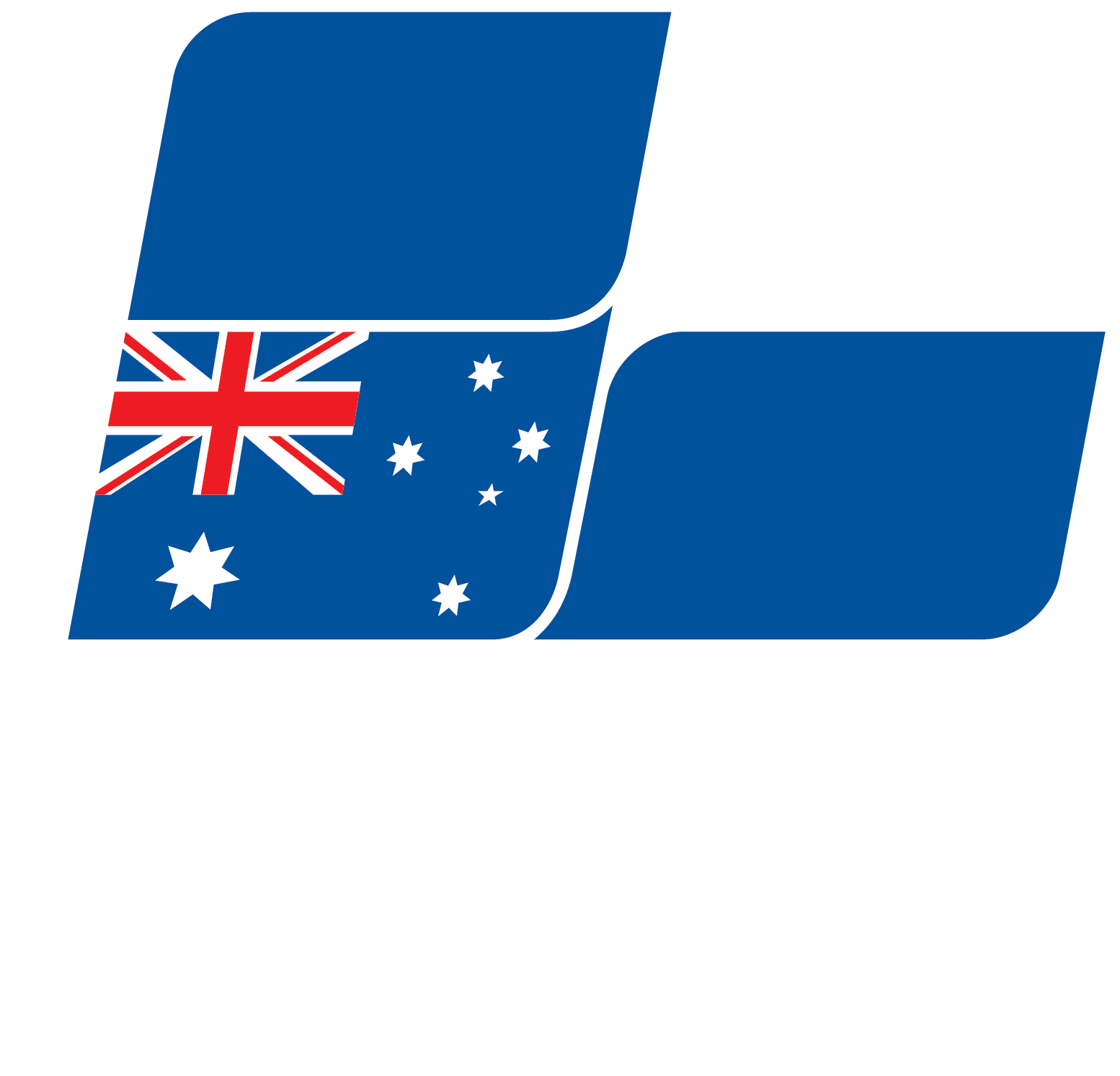Western Australia – Lithium – 28 March 2018
Senator REYNOLDS (Western Australia) (13:35): As I’ve reflected on many times in this place, Western Australia is no stranger to pioneering new, globally competitive and commercially successful industries. You just have to look at our resource and agricultural sectors, and now our rapidly developing defence and space industries. So today I rise to speak about another exciting opportunity for Western Australia: to make our great state a global hub for lithium mining and production and also technological development. With some planning and coordination, Western Australia can become the world’s new Silicon Valley—or, in this case, ‘lithium valley’—right from mining the raw ore through to the development of new applications for industries, such as the aerospace and energy storage sectors. As a state, we now need to believe we can work together to make this a reality.
A report prepared for the Association of Mining and Exploration Companies, AMEC, on the lithium industry, which came out last year, breaks down the five key processes of value chain production. For battery production, it is mining, refining, electroprocessing, cell production and assembly. It’s no secret at all that, in Western Australia and Australia, we’ve always been world leaders in extracting and exporting our natural resources—in this case, minerals. But we now have the, probably unprecedented, opportunity to grow a new industry: to process and manufacture raw lithium into new products and even into new technologies. There are particularly exciting opportunities now in the energy generation and storage industries.
In relation to the first part of this value chain production, in this case, the mining of the ore, Australia represents 51 per cent of the global value share—51 per cent of the value of lithium mined globally. Our closest competitors for this first stage of the value chain processing are Chile, at 29 per cent; Argentina, at 14 per cent; and China, at five per cent. Despite this commanding lead in the mining of lithium, we then slip off the measurable index when it comes to the next four stages in the value chain. Today, China is the largest global player in refining, electroprocessing and cell production, and Japan is the largest in assembly. But I firmly and very passionately believe it is time for that to change. We have the lithium, we have the technology and we also have the workforce to make that happen.
Recently I had the honour of visiting the Pacific Industrial Company. They are building plant infrastructure for Tianqi Lithium—a record $700 million investment in Kwinana, just south of Perth. The fact that $700 million is being invested into this facility I think is a very clear demonstration that we can do far more than simply mine the resource. We can also value-add through refining, which is what this facility is designed to do. The first, $400-million stage of this massive operation will produce 60 per cent of the globe’s lithium supply when it’s completed. In fact, the demand is increasing so rapidly that, even before phase 1 is finished, they are adding a second, $300-million plant to increase production to 120 per cent of the current world demand. But we know that, by the time both of these facilities have been completed, the demand will have risen globally by that much. So this facility signals that Australia has actually entered into the second phase—that is, the refining.
To get a better sense of the scale and pace of demand in this industry, you just need to have a look at the decisions of global car manufacturers to increase their production of electric vehicles. Volvo, Nissan, Ford, Volkswagen, Mercedes and many others predict that electric vehicle sales will make up double digits of their market share in the very early 2020s. But it’s not just in the motor vehicle industry that lithium is used. It’s also used in many other industries, including aircraft components and anywhere there is a weight-sensitive requirement for energy storage.
Australia is very well placed to develop as a competitive player through the remainder of the value chain, particularly taking into account the abundance of lithium—and not just lithium but also many other minerals required for some of these new technologies. For example, we also have copper, nickel, cobalt and aluminium, which places us in the box seat to take advantage of these emerging technologies. What does that actually mean for Western Australia and also Australia? Western Australia could quite rapidly dominate the global supply of lithium batteries, the development of new applications for these minerals and new technologies development, creating decades of new jobs within Western Australia and a new skill base for people in Western Australia across adjacent industries. Australia, and Western Australia in particular, clearly has the capacity to become a global player in these direct battery inputs, with the additional benefits directly supporting energy storage and innovation in both industry and academia. But, like the creation of any new industry, it won’t just happen. The global ‘lithium valley’ that I envisage can and should be developed. As I said, it can be done using existing Western Australian resources, our smarts and the technologically capabilities that we have within our state. We now have to have the confidence and a shared vision to implement this new industry.
What will it actually take? I’ve had a look at overseas experience and some of the factors of success across value chain production. We’d need to leverage across one of five key areas. First of all, you need the political and economic desire to generate more value and more employment in country. Clearly we already have that in Australia, and we particularly have that in Western Australia. We also need the political, economic and academic desire to develop in-country research and development of these new technologies. We clearly have that. We also need the economic and political desire and belief that we can support downstream emerging industries in our country—that we don’t have to dig it out of the ground and send it elsewhere to value-add anymore. There are, of course, economic balance of trade considerations and trade security through access to a broader range of existing and new customers. Clearly, in Western Australia, we have many of these preconditions, but we do now need to raise awareness and increase confidence within our own state and country that it can happen. In fact, as I’ve said, $700 million is being invested in two new refinery and production processes in Western Australia. Now we have to work together to make the rest of it happen.
The Lithium report, released last year, made a number of very sensible recommendations on how we can work together across the three levels of government to implement this. The first set of recommendations speak about raising awareness of Australia’s lithium opportunities and ensuring the development of this industry along with adjacent industries as a priority for the federal government. The second set of recommendations are about ensuring that the federal government and state governments get the policy settings right. These include state governments looking at new state agreements, streamlining approval processes across a range of agencies to attract new investment and reviewing industry concessions. For the Commonwealth government, the report recommended the funding and facilitation of enabling infrastructure and research through organisations such as the CSIRO, the NAIF and the Clean Energy Finance Corporation.
Other nations are not blind to the opportunities in the lithium industry and other associated metals and are rapidly developing the industrial capability to capture a share of this growing market. This is something that we still have an advantage in delivering, but we haven’t got a lot of time if we are going to take the production, the refinery, of our own metals into the 21st century. Western Australia has always been at its best when our state and federal government representatives work together with industry to develop new opportunities. We did that 50 years ago with the iron ore industry, and I believe it is time to once again do it, so that Western Australia can become the new ‘lithium valley’. The future is very bright indeed for this new industry.


